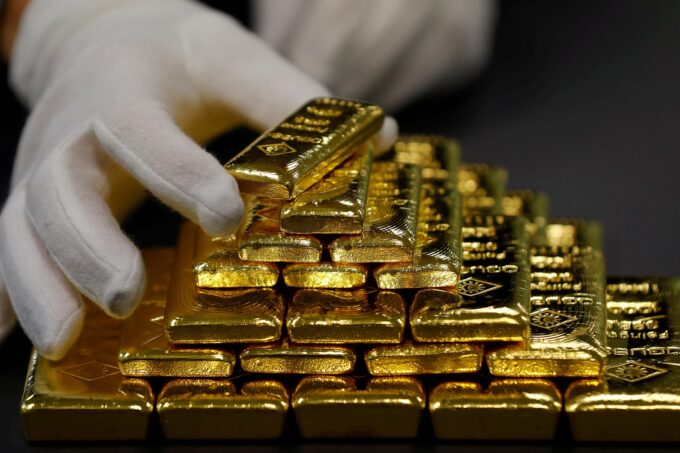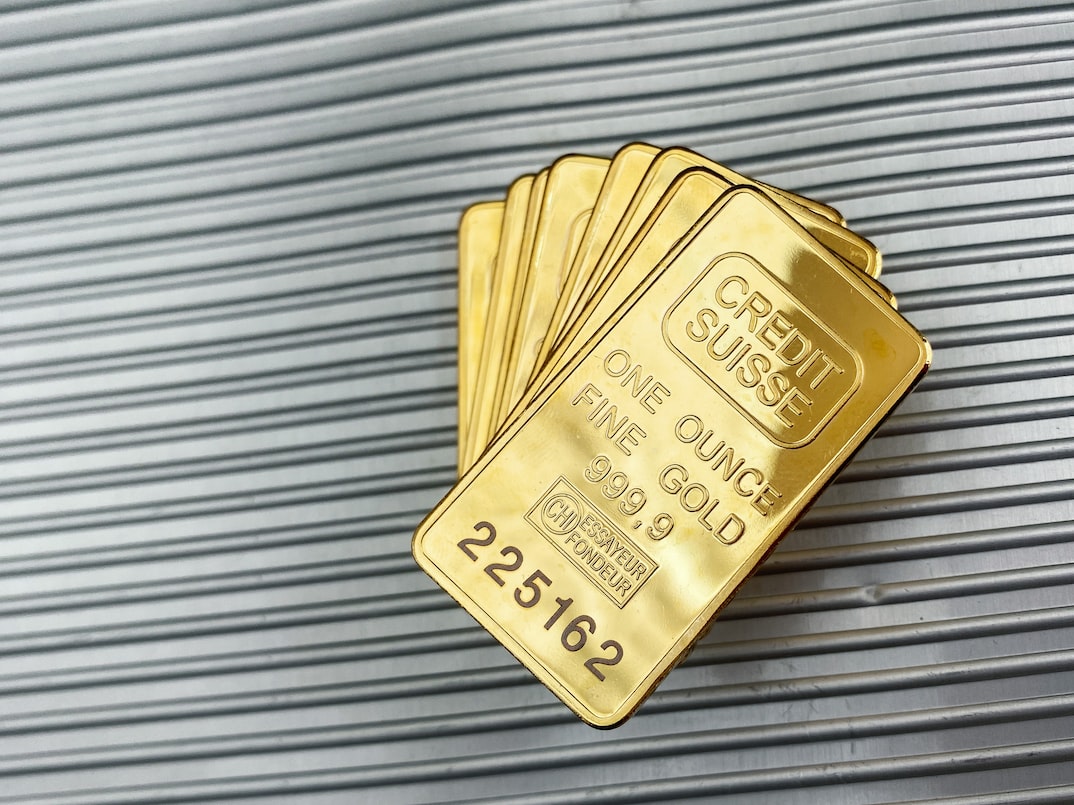Watching gold market conditions and the factors that have the biggest impacts on gold prices is critical to successful bullion investing. Informed bullion investors know what to watch and the potential impacts that can have. Shifting trends help them decide whether to buy, sell, or hold and make educated decisions about their investments.
What are the most influential factors in the gold market? These are the conditions to watch when you’re getting started investing in gold.
Where Does Gold Demand Come From?

Gold is a scarce resource with a finite amount left in the earth. Mining companies have to explore to find locations to mine it, and the business can be fraught with high costs and debt.
Keeping tabs on gold demand is a big part of investing in bullion, and it helps to know who the world’s largest gold consumers are:
- Jewellery: Roughly 55% of global gold demand comes from the jewellery industry.
- Consumers in India and China account for 60% of the global gold jewellery market.
- Central banks around the world are major buyers of gold bullion, and they purchased over 1,100 tons in 2022.
- Consumer banks, Exchange-Traded Funds, and private investors around the world are also major consumers, as they invest in gold bullion.
Investors who want to buy physical gold bullion typically work directly with bullion dealers. Places like Global Bullion Suppliers sell gold and silver bars and coins from private refiners and mints. Most demand comes from either investment-grade gold or jewellery, though there are some industrial uses for the metal, including electronics and dentistry.
Bear vs. Bull Markets: Are Stocks and Gold Related?

The performance of key stock markets will always resonate with other aspects of the economy. Historically, gold and stocks have had an inverse relationship. One does not necessarily cause the other, but in the past, gold prices have risen when stock prices have fallen, and gold prices have fallen when stock values are on the rise.
Investors and funds that are anxious about high volatility and losses may readjust their portfolios to include fewer stocks and more safe haven assets, including gold.
Bullion investors keep their eyes on the world’s largest stock markets, including the NYSE, Hong Kong Stock Exchange, European New Exchange Technology (EURONEXT), Toronto Stock Exchange (TSX), Tokyo Stock Exchange (TSE), and more. They may also look at stock indexes, which track performance on the broader stock market or in specific sectors. These include the NASDAQ, S&P 500, and Dow Jones Industrial Average.
What Are ETFs and How Do They Affect Gold Prices?

Gold Exchange-Traded Funds (ETFs) are funds or trusts that own gold bullion on behalf of their investors. ETFs are a convenient tool for investors who do not want to have to deal with receiving and storing physical bullion.
By one estimate, every 100 tons of gold in ETF-related transactions (bought or sold) moves gold prices by 3%. There is a strong correlation between the value of ETFs and gold prices, and that’s by design. ETFs are just one more indicator that investors can use to monitor performance.
How Monetary Policy Can Move Gold Markets

Monetary policy plays an outsized role in gold markets, especially what the United States Federal Reserve is doing. Gold has a close relationship with the U.S. dollar. The greenback is widely held as a reserve currency and safe haven asset around the world.
Gold is often used in portfolios as a hedge against inflation, and monetary policy has a significant impact on inflation. The Federal Reserve uses several policy levers to guide the U.S. economy. During recessions, it’s common practice to increase the money supply through quantitative easing. Essentially, they pump the economy full of new money by buying financial assets like government and corporate bonds. With more money circulating in the economy, there should be more growth and investment.
The trade-off to this monetary policy is higher inflation. With money essentially being created out of nowhere, the value of the dollar compared to finite goods and services decreases. This effect is inflation.
Inflation eats into “real yields.” Real yields are the returns on an asset like a bond after accounting for inflation. Negative real yields can be a boon to gold prices as other safe assets like bonds become losing bets.
Monetary policy in the investor’s own country may not move the needle on global gold prices, but it can make gold a much more appealing asset. Investors concerned about instability or hyperinflation of their local currency will move their wealth into assets with more stability. For example, hyperinflation in Venezuela drove up local gold prices dramatically in 2018, as the local inflation rate hit 87,000% annually. Gold became one of the few reliable ways for Venezuelans to maintain their savings.
Does Gold Benefit from Rising Commodity Prices?

Bullion is traded similarly to any other commodity on the market, but are its prices affected by the same factors that affect other commodities? In some ways, yes, gold can follow broader commodity cycles.
Commodity prices generally follow consumer and industrial demand. A growing economy increases demand for everything from oil to lumber to coffee to copper, and that includes precious metals. Each commodity will be affected by its own unique context, including everything from extraction or production or supply chains.
Global Stability and Geopolitical Uncertainty
There is still one factor that can’t go under-appreciated when you’re looking at future gold prices. Global stability and geopolitical uncertainty go a long way toward dictating investor sentiment. The mood on the marketplace can be more powerful than the most rational economic indicators.
Look no further than the headlines to gauge what investors might be thinking. For example, gold prices pushed past $2,000 an ounce at the outbreak of the war in Ukraine. Events like U.S. elections, debt crises in major economies, and civil unrest around the world can shift the mood on the markets.
Many investors in countries where instability is happening shift their wealth into gold for a variety of reasons. They may be concerned about hyperinflation and currency devaluation or even international sanctions affecting their wealth. That can drive demand on a scale that affects prices around the world.











